✓ Joining us on our Whatsapp Channel: 💬 Explore and Escape!.
Booking through us:
✓ 🏩 🛌 Handpicked Luxury Stays in Budget: Booking.com | Agoda.com
✓ 🍹⛱️ Deals on Private xfers, SIM Cards, City tours, Day trips : 📍🗺️ GetYourGuide | 🛵🧳 Klook
If you have done the things to do in South Korea, you’d know there are quite a few of them here in Buyeo.
Nestled in the heart of South Korea, Buyeo beckons with its mesmerizing blend of ancient wonders, picturesque landscapes, and vibrant culture.
From wandering through historic tombs to reveling in the natural splendor of the scenic trails, the adventures that await in Buyeo are nothing short of a timeless saga come to life.
So gear up for an unforgettable journey and discover the best of Buyeo’s charm and allure!
Without further ado listed below are some of the most fun things to do in Buyeo:
1. Jeongnimsa Temple Site
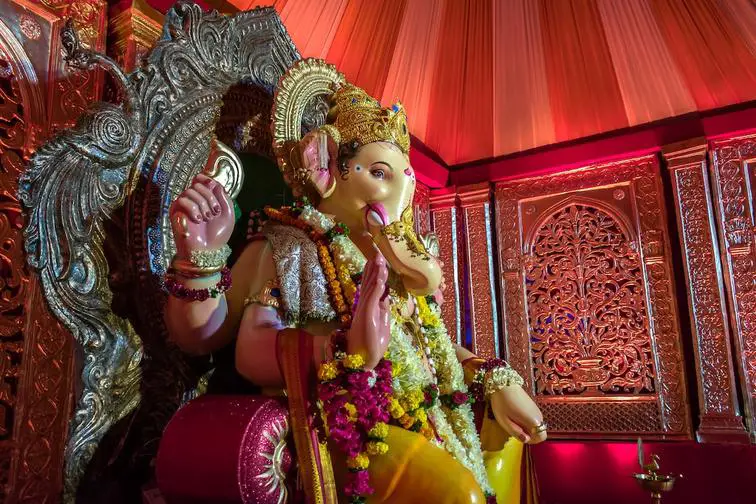
Jeongnimsa Temple Site is a historical site located in Buyeo, South Korea. It dates back to the Baekje era, one of the three ancient kingdoms of Korea.
What to see or do: Visitors can explore the remains of the ancient temple site and learn about the history of Baekje through the artifacts and information displayed throughout the area.
Don’t miss: Make sure to check out the Three-story Stone Pagoda, which is a designated National Treasure of South Korea. Additionally, there are many beautiful cherry blossom trees on the site that make for stunning photos during the spring season.
Insider travel tips: Wear comfortable shoes as the site is quite spread out with some stairs and uneven paths. It is also recommended to visit early in the morning or during weekdays to avoid the crowds.
Finally, bring a picnic or snacks to enjoy in the peaceful setting of the temple grounds.
2. Baekje Cultural Land
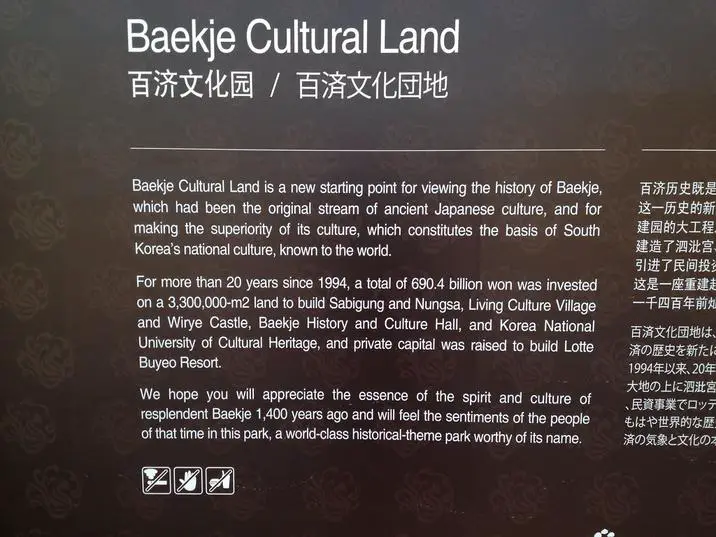
Baekje Cultural Land is a historical park that showcases the culture and architecture of the Baekje dynasty, which ruled Korea from 18 BC to 660 AD.
What to see or do: Visitors can see reconstructions of ancient Baekje buildings, including a palace and fortress. There is also an exhibition hall displaying artifacts from the Baekje dynasty.
Don’t miss: The Baekje History Museum, which provides a comprehensive overview of the history and culture of the Baekje dynasty. Visitors can also watch traditional performances, such as martial arts and music.
Insider travel tips: – Wear comfortable shoes as the park is quite large and requires a lot of walking.
3. Buyeo National Museum
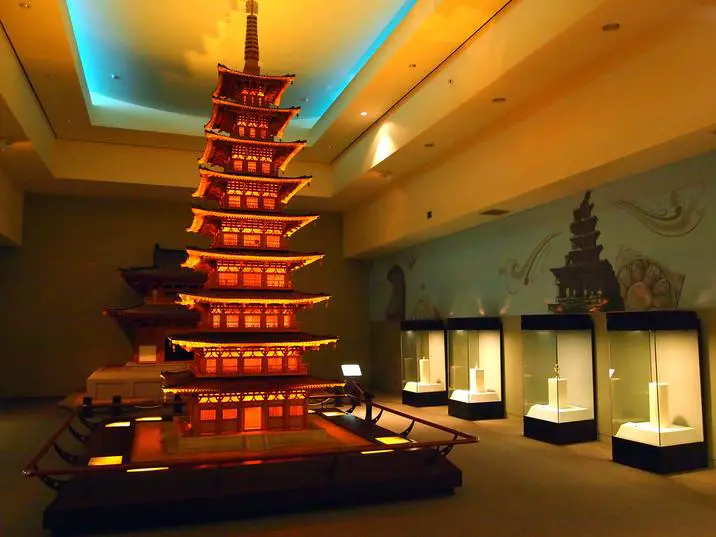
Buyeo National Museum is a history museum located in Buyeo County, South Korea, that showcases the cultural heritage of the Baekje dynasty.
What to see or do: Visitors can admire the exquisite artefacts from the Baekje dynasty, such as pottery, jewelry, and weaponry, and learn about the kingdom’s history through informative exhibits.
Don’t miss: The Buyeo Seodong Lotus Festival, a popular annual event that celebrates the legend of King Mu of Baekje and his love for Princess Seonhwa, who is said to have come from the nearby Seodong Park.
Insider travel tips: Check out the museum’s special exhibitions to see rare and unique items that are not typically on display. The museum is closed on Mondays and admission is free for all visitors.
If you are interested in learning more about the Baekje dynasty, stop by the nearby Baekje Cultural Land, which offers a hands-on experience of the kingdom’s history and culture.
4. Nakhwaam Rock
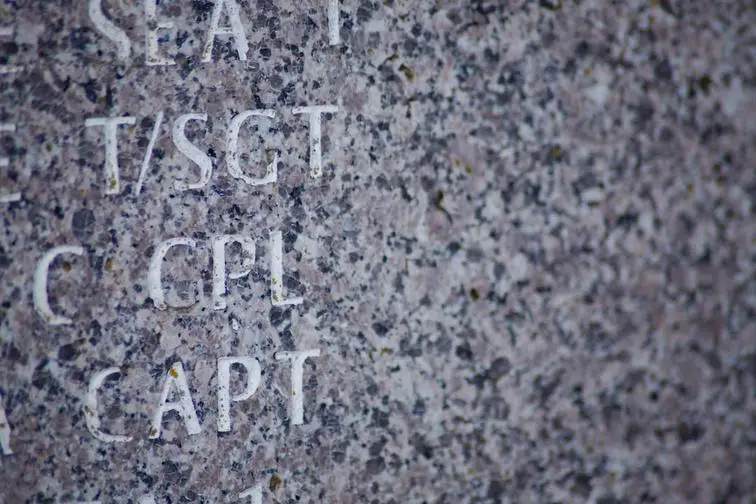
Nakhwaam Rock is a historic and sacred site located in Buyeo, South Korea.
It’s a large rock that overlooks the Geum River and is known for its association with the tragic tale of Queen Seondeok.
What to see or do: Visitors can climb up to the viewing platform to get a closer look at the rock and enjoy the panoramic views of the Geum River valley.
You can learn about the tragic story of Queen Seondeok and how the rock played a role in her demise.
Don’t miss: It’s worth taking a walk around the park to admire the natural beauty of the area and to see the various sculptures and monuments that are located here.
The park is particularly stunning in the autumn when the leaves change color.
Insider travel tips: Wear comfortable shoes as the climb up to the viewing platform can be quite steep. It’s also a good idea to bring along some water and snacks as there are no vendors selling refreshments on-site.
If you really want to avoid the crowds, it’s recommended to visit during the weekday and outside of the peak season.
5. Gungnamji Pond
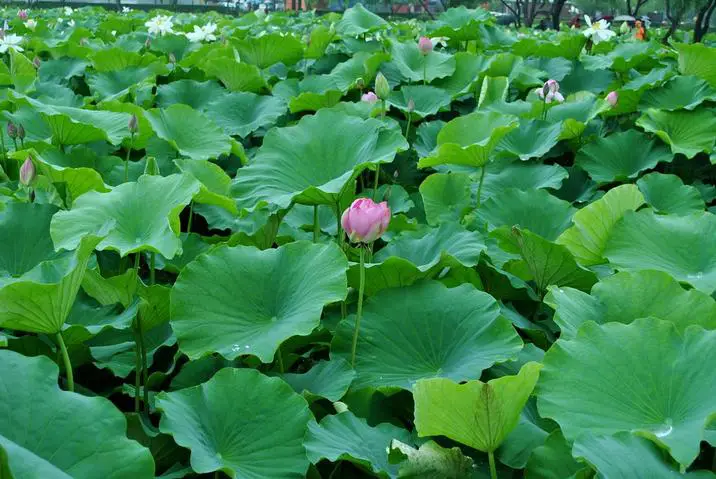
Gungnamji Pond is a historic artificial pond located in Buyeo, South Korea. It was constructed during the Baekje Kingdom in the 5th century as a reservoir for agriculture.
What to see or do: Visitors can take a leisurely walk around the picturesque pond and enjoy the serene atmosphere. There are also several pavilions and benches where you can sit and relax while taking in the views.
Don’t miss: The lotus flowers in the summer are a stunning sight to behold. The pond is also beautifully illuminated at night, offering a romantic and magical atmosphere.
Insider travel tips: If you visit in the fall, be sure to try the delicious persimmons that are grown locally.
The nearby Baekje Cultural Land is also worth a visit for those interested in learning more about the history of the Baekje Kingdom.
6. Busosanseong Fortress
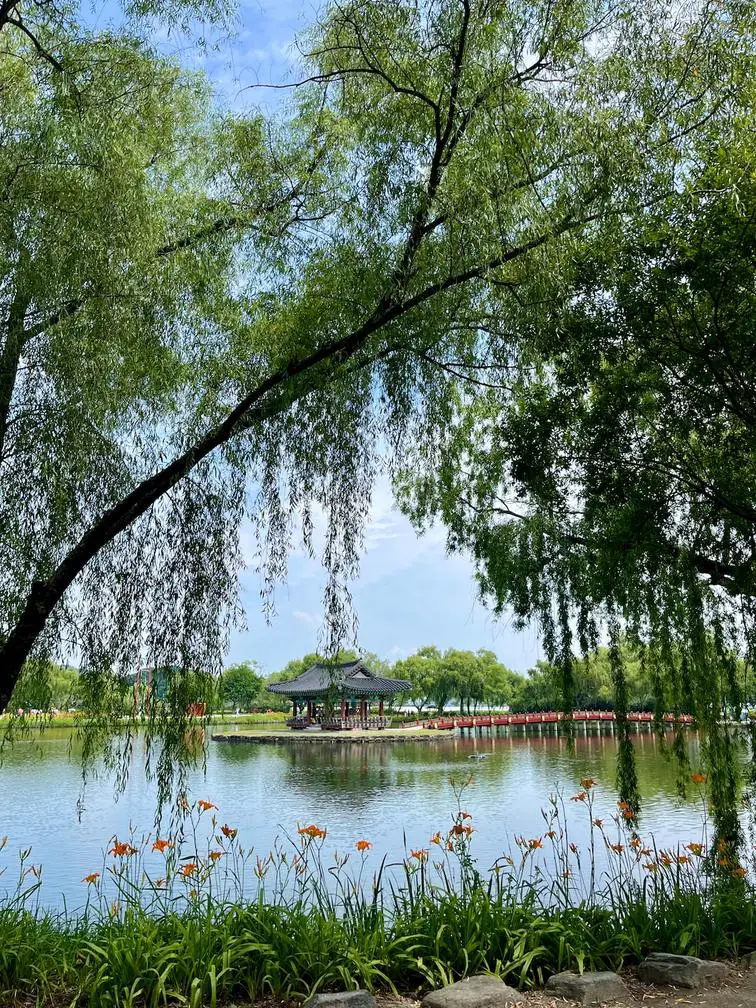
A historic fortress located in Buyeo, South Korea, built during the Baekje period in the 7th century.
What to see or do: Visitors can explore the fortress walls, gates, watchtowers, and palace ruins while taking in the scenic surroundings. The site also includes a museum with artifacts from the Baekje dynasty.
Don’t miss: The East Gate, which is the largest and most well-preserved gate of the fortress.
Visitors can also explore the nearby Baekje Cultural Land, which is a recreated Baekje-era village complete with traditional houses, workshops, and gardens.
Insider travel tips: The site can be busy on weekends and holidays, so consider visiting on a weekday for a quieter experience. Don’t forget to bring comfortable shoes as there is plenty of walking and climbing involved.
It’s also a good idea to bring sunscreen and water as the area can get hot during the summer months.
7. Baekje History Museum
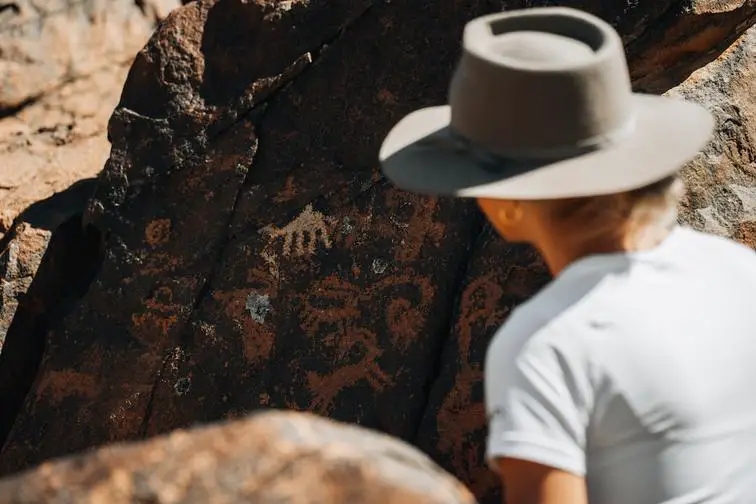
Baekje History Museum is a museum dedicated to preserving the history and culture of the Baekje Kingdom, one of the three kingdoms of ancient Korea.
What to see or do: The museum features various exhibitions, including artifacts and replicas of ancient Baekje architecture, pottery, weaponry, and jewelry. Visitors can also watch a 4D reenactment of the Battle of Hwangsanbeol, which marked the end of the Baekje Kingdom.
Don’t miss: Make sure to check out the Gilt-bronze Incense Burner of Baekje, one of the national treasures of Korea that is on display at the museum.
Also, don’t miss the outdoor exhibition featuring a replica of the Geumgwan Gaya fortress and the Baekje Cultural Land, a recreation of traditional Baekje houses and workshops.
Insider travel tips: If you’re interested in learning more about Baekje history, hire a tour guide at the museum for a more in-depth and personalized experience.
Also, the museum offers free admission on the last Friday of every month, so plan your visit accordingly to save some money.
Lastly, be sure to visit nearby attractions such as the Nakhwaam Rock and Baekje Cultural Festival to fully immerse yourself in Baekje history and culture.
8. Goransa Temple Site
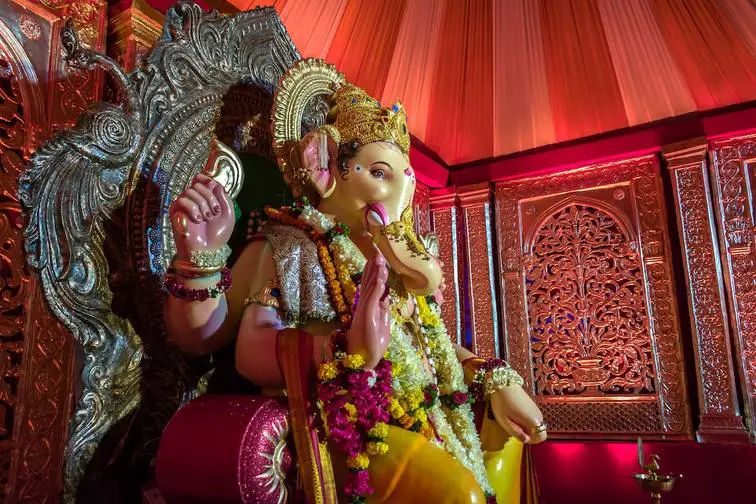
An ancient Buddhist temple site located in Buyeo, South Korea.
What to see or do: Explore the remains of the temple, including the foundation stones of various buildings and pagodas. Admire the stone Buddha statues that have been preserved on site.
Don’t miss: The chance to see the beautiful natural surroundings of Goransa Temple Site, including the nearby Baekmi Mountain.
Insider travel tips: Don’t forget to wear comfortable shoes, as there are several trails and walks available at the site. Also, be sure to bring your camera to capture the stunning views from the temple site.
9. Buyeo Seodong Lotus Festival
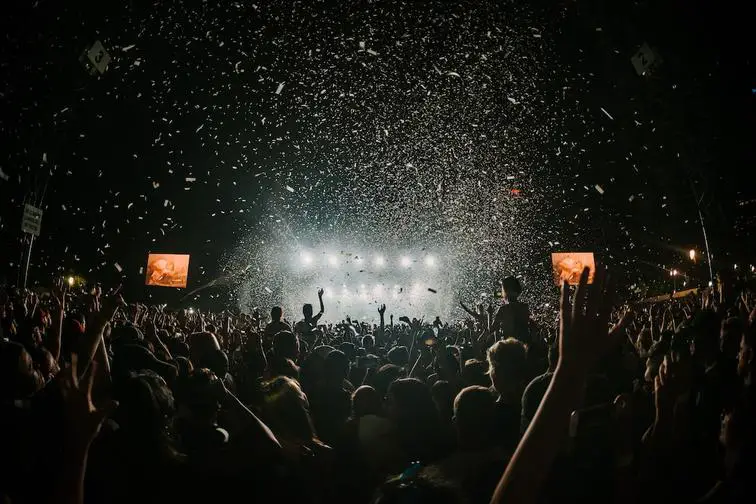
Buyeo Seodong Lotus Festival is an annual event held in Buyeo-gun, South Korea. It celebrates the beauty of the lotus flower, which is abundant in the area during the summer season.
What to see or do: Visitors can enjoy a variety of activities during the festival, including traditional performances, exhibitions, and food markets. The main highlight, however, is the breathtaking view of the lotus flowers in full bloom.
The festival also offers boat rides along the scenic lotus-filled Seodong Park.
Don’t miss: Make sure to catch the spectacular night view of the lotus flowers, illuminated by beautiful lights during the festival. Also, don’t miss the chance to try lotus tea, a traditional Korean drink made from the lotus flower.
Insider travel tips: – Visit early in the morning to avoid crowds and enjoy the lotus flowers in peace.
10. Baekje Royal Tombs
Baekje Royal Tombs is a UNESCO World Heritage site located in Buyeo, South Korea.
What to see or do: Visitors can explore the group of 7th-century tombs of the members of the royal family of the Baekje Kingdom.
The tombs are adorned with exquisite stone carvings and artifacts that represent the unique culture and history of the Baekje Kingdom.
Don’t miss: The most famous tomb among the lot is the King Muryeong’s Tomb. The tomb offers a rare insight into the lifestyle of the aristocracy in ancient Korea.
This tomb is known for the excellent preservation of the entire original structure including wooden chamber tombs.
Insider travel tips: – The best time to visit is in the spring and autumn when the weather is mild and pleasant.
11. Seodong Park
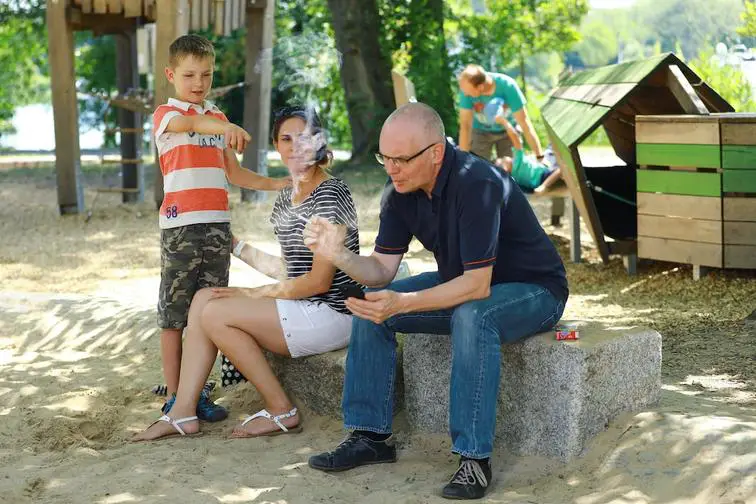
A historic park located in Buyeo, South Korea.
What to see or do: Take a stroll through the park’s vast gardens and learn about the history of Seodong Park, as it was once the site of a royal palace.
Admire the beautiful cherry blossoms in the springtime and the colorful foliage in the fall.
Don’t miss: The Gungnamji, a historic artificial pond that was used for irrigation purposes, is a sight not to be missed. Also, make sure to see the Seodong Royal Tomb, which dates back to the 5th century.
Insider travel tips: Visit the park early in the morning or later in the evening to avoid the crowds, as it can get busy during peak hours.
Take a guided tour to learn about the history and significance of the park’s various landmarks. Pack a picnic lunch and enjoy it in one of the many designated areas throughout the park.
12. Baekje Military Cultural Festival
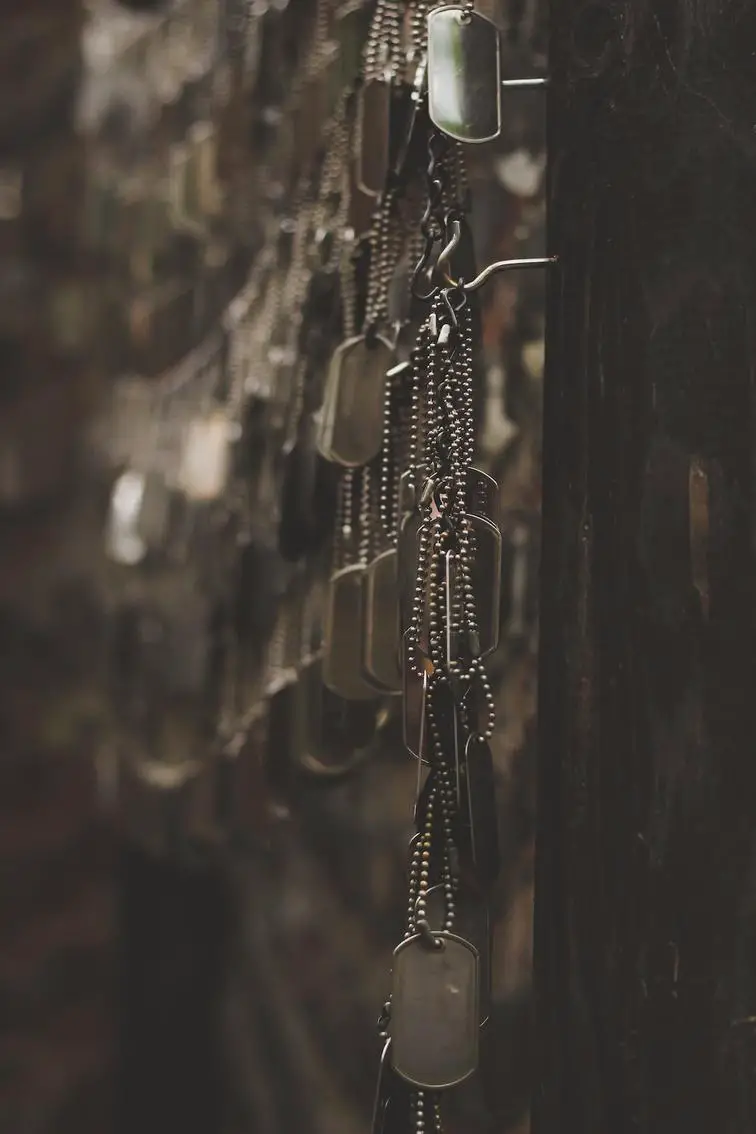
Baekje Military Cultural Festival is an annual historical and cultural event in Buyeo, South Korea that celebrates the region’s significant military history and the storied era of the Baekje Kingdom.
What to see or do: Visitors can explore recreated military camps, watch martial arts demonstrations, and witness an impressive reenactment of a battle from the Baekje Dynasty.
The festival also features traditional Korean food and crafts, as well as live music and dance performances.
Don’t miss: The highlight of the festival is the reenactment of the Battle of Hwangsanbeol, which features hundreds of participants dressed in traditional armor and weaponry.
This epic performance is both thrilling and educational, bringing the history of the Baekje Dynasty to life before your eyes.
Insider travel tips: Be sure to arrive early to secure a good viewing spot for the reenactment. Wear comfortable shoes as the festival takes place over a large area, with plenty of walking.
Also, bring cash as some vendors may not accept credit cards. Finally, be sure to check the festival schedule ahead of time to see which events you don’t want to miss.
13. Geumseongsanseong Fortress
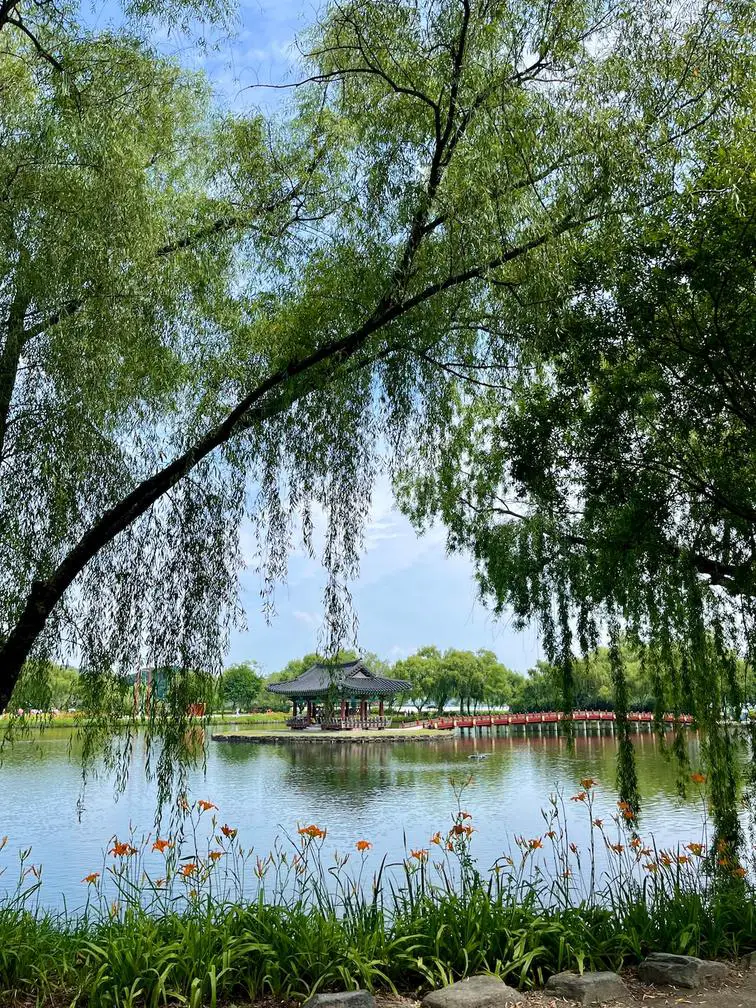
Geumseongsanseong Fortress is an ancient fortress located in Buyeo, South Korea.
What to see or do: – Walk along the well-preserved fortress walls that date back to the Baekje Kingdom era.
Don’t miss: – The fortress gate, called Mokcheon Gate, that has been restored to its original form.
Insider travel tips: – Plan to visit during the autumn months for vibrant fall foliage and cooler weather.
14. Ssangyonggul Cave
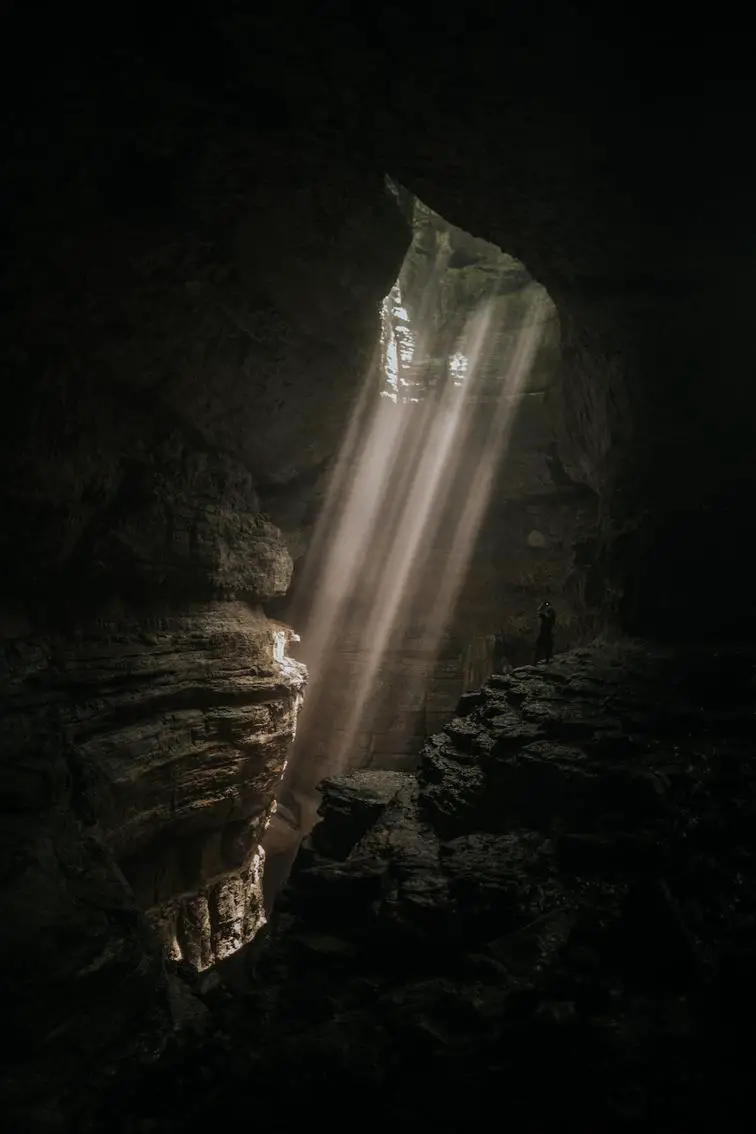
Ssangyonggul Cave is a natural limestone cave located in the Naseongri district of Buyeo, South Korea.
What to see or do: Visitors can see the magnificent limestone formations and stalactites that have formed over thousands of years. The cave is approximately 1.
5 kilometers long and has two levels.
Don’t miss: The highlight of the cave is the beautiful natural pond that reflects the stalactites. It’s a perfect spot for a photo-op!
Insider travel tips: – Wear comfortable shoes as the ground can be uneven and slippery.
15. Seonunsa Temple Site
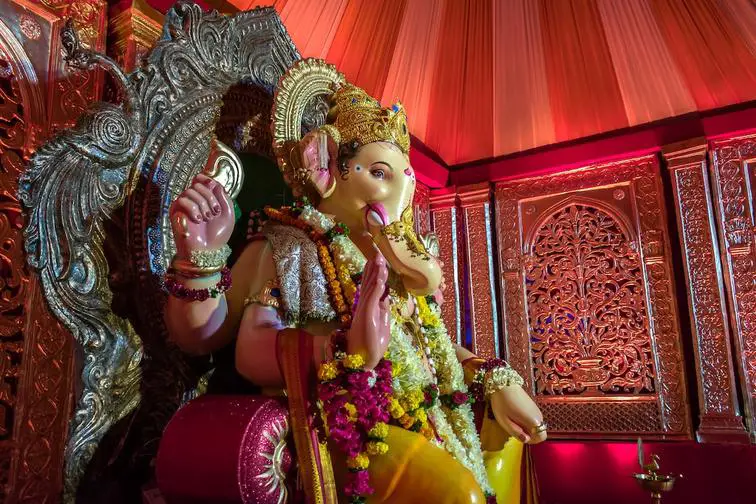
Seonunsa Temple Site is an ancient temple complex located in Buyeo, South Korea. It is an important historical site that dates back to the Baekje Dynasty.
What to see or do: Visitors can explore the temple ruins, including the stone pagoda, the gate, and the central courtyard. You can also see the preserved remains of a lecture hall and a meditation hall.
The surrounding countryside offers hiking trails and scenic views.
Don’t miss: Be sure to see the stone pagoda, which is considered one of the best examples of Buddhist architecture from the Baekje Dynasty.
Also, don’t miss out on the chance to walk through the serene woods surrounding the temple complex.
Insider travel tips: Bring comfortable shoes and clothing, as you’ll likely be exploring the site on foot. Also, be sure to visit on a weekday if possible, as the site can become crowded with tourists on weekends.
If you’re interested in learning more about the history of the temple, consider hiring a local guide.